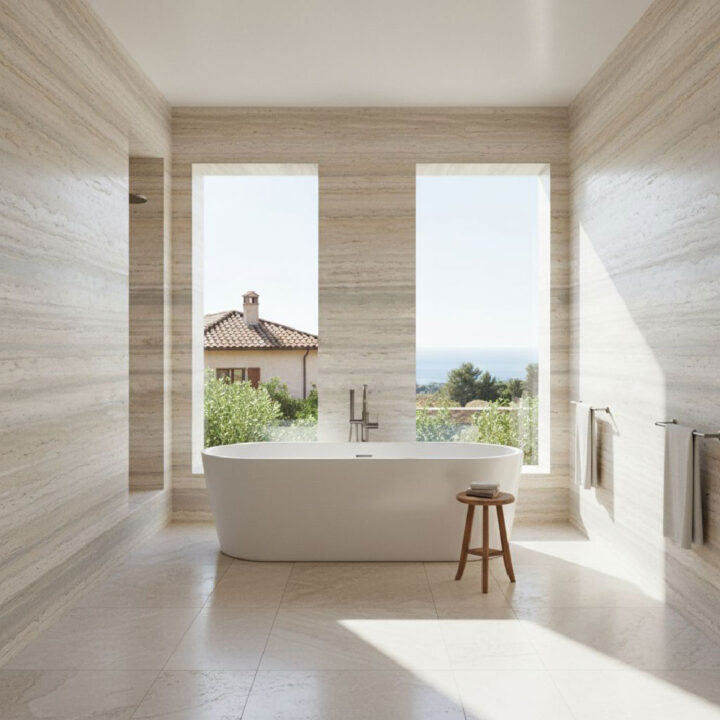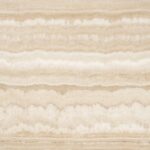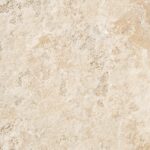Roman Ocean Travertine
- Home
- portfolio
- Travertine
- Roman Ocean Travertine
Design in details → what “Roman Ocean” means
The Roman Ocean finish is produced by combining traditional Roman travertine with ocean-inspired wave patterns. This creates a refined surface that captures the rhythm of water movement while maintaining the stone’s natural warmth and character.
Travertine is a porous carbonate stone formed in thermal springs. A penetrating sealer is recommended to protect its surface and maintain the ocean-like veining that defines its unique aesthetic appeal.
For performance specifications, travertine dimension stone is covered by ASTM C1527 and related natural stone industry standards for both filled and unfilled applications.
COMMON MODULES
STANDARDS
STRIP FORMAT
Features & benefits
- Natural 4D texture that amplifies light-shadow effects and adds architectural depth without artificial patterning
Norstone USATimeless palette of warm stratified tones typical of travertine—perfect for hospitality and residential accent walls
MGT Stone CoVersatile modules with interlocking ends for faster, cleaner installations on vertical surfaces
mgjsurfaces.com
Incredible result
Establishing multi-sensory experiences, we can design interiors that resonate across ages and demographics. These rooms and spaces connect us to nature in a proven way to inspire us, boost our productivity, and create greater well-being. Beyond these benefits, by reducing stress and enhancing creativity, we can also expedite healing. In our increasingly urbanized cities, biophilic advocates create a more humanistic approach to design. The result is biophilic interiors that celebrate how we live, work and learn with nature. The love of nature (Biophilia) is a deep principle in ancient Greek iphilia – the love of / inclination towards) and was used by German-born American psychoanalyst Erich Fromm in The Anatomy of Human Destructiveness (1973).
Applications — where it works best
-
Indoors:
Living-room feature walls, reception backdrops, fireplaces, columns, and media walls
Bath & showers (walls only):
Use on accent walls or niches, ensure proper waterproofing behind the tile and plan for easier-to-clean zones in splash areas
Outdoors:
Façades and garden walls in cold climates, design for water management and movement to handle freeze-thaw cycles
Note: Roman Ocean face is a wall cladding—not recommended for floors due to relief and cleaning practicality





